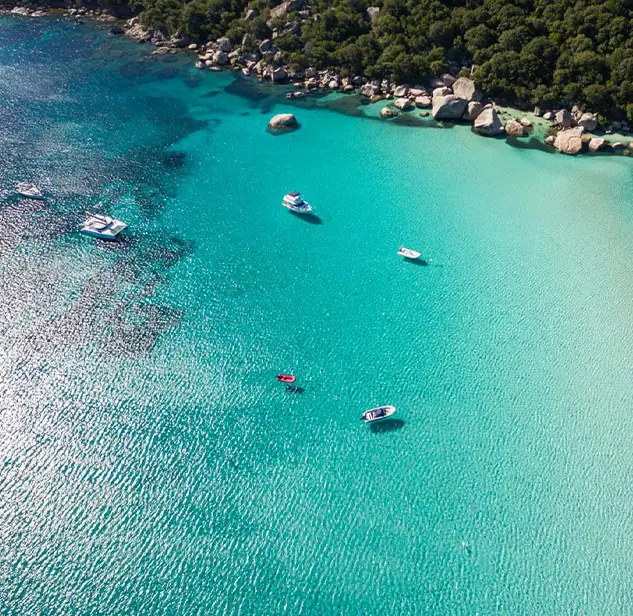Interesting facts about Sardinia and Corsica
Two pearls of the Mediterranean
Sardinia and Corsica are among the largest islands in the Mediterranean, two real pearls and destinations sought after by thousands of tourists every year for their renowned crystalline waters, untamed beaches, and all the unforgettable experiences they offer, from canoeing to trekking, from food and wine to diving. Whether you are a motorcyclist, a camper, or with family or friends, if you are planning your next trip and you are lost among the shelves of a bookstore looking for the right tourist guide just to end up leaving empty-handed, here it is… the solution for you. Sit back and enjoy the story of some curious facts in order to learn more about these island paradises and prepare for your stay.
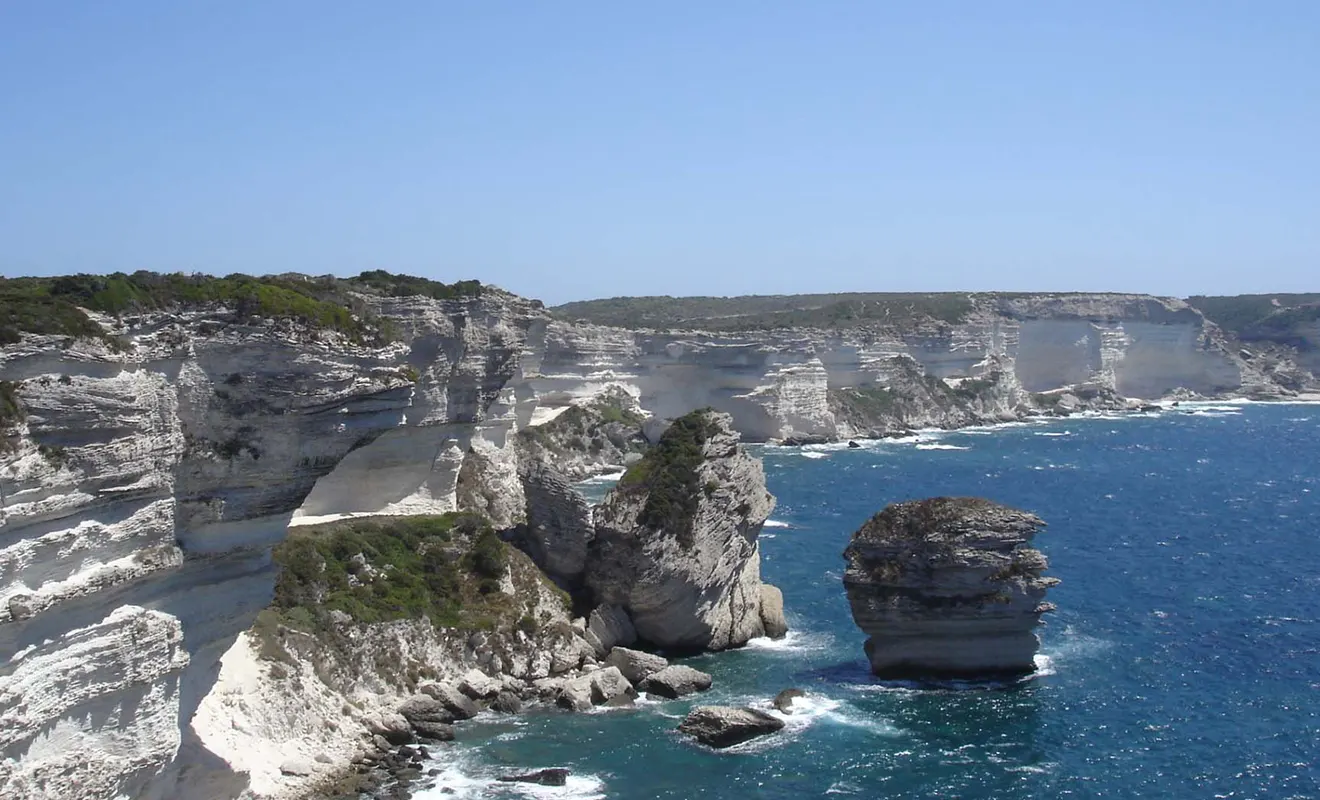
What are the seas of Sardinia and Corsica like?
The two islands are surrounded by the Mediterranean Sea, one of the most popular destinations in the world especially in spring and summer, and between them lies the Strait of Bonifacio, a natural channel that also divides the Tyrrhenian Sea from the Sea of Sardinia, and is very exposed to winds and currents, plus difficult to navigate with tough marine weather conditions. Afraid of seasickness? Our ferry is equipped with stabilizing fins that allow the ship to remain stable even in the most difficult weather and sea conditions! Book your ferry with an easy mind and enjoy the crossing!
Le Bocche is an important junction point as it’s where the waters of the Tyrrhenian Sea, which bathes the eastern coasts of Sardinia and Corsica, meet the waters of the Sea of Sardinia, which bathes the western coasts. Interested in traversing the junction of two seas? You will surely have something to talk about at dinner parties!
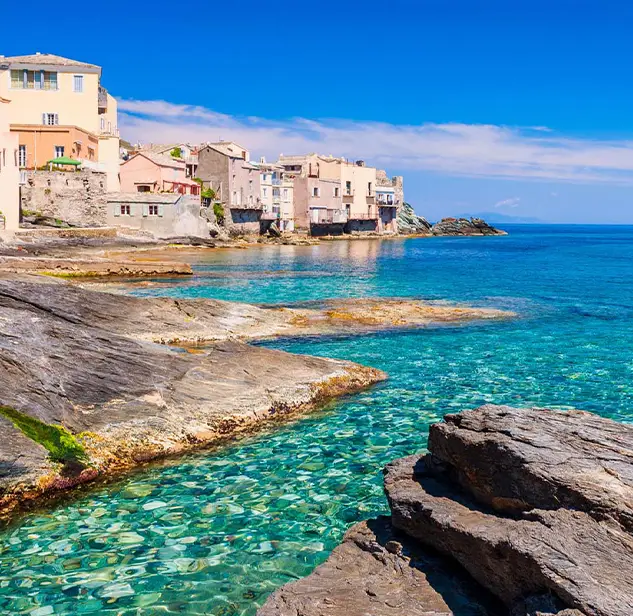
Why are they called Bocche di Bonifacio?
In geography, the mouth is used to define the mouth of a river, the narrow entrance to a coastal and branched inlet and the narrow sea passage between two lands. And it is with this latter meaning that the definition Bocche di Bonifacio (from the name of the Corsican city that overlooks it) was born, a marine passage of about 11 kilometres (you thought more, right?), 15 wide and 100 meters deep that divides Corsica from Sardinia, criss-crossed by numerous ferries, especially in the summer.
It is well known by sailors for its dangerous waters, scattered with rocks and cut by strong currents, so much so that since 1993, after yet another shipwreck of a merchant ship, the passage became forbidden to ships carrying polluting substances.

The conformation of the Corsican territory
From the tip of its finger to the palm of its hand, Corsica is 185 kilometres long, of which just the peninsula of Cap Corse alone, which points to the Gulf of Genoa, is about 40 kilometres.
“Not just the sea”. This is the mantra of travel stories of all those who have been here before you. Are you wondering why? Let us tell you.
More than half of the surface area of Corsica is occupied by forests and maquis (scrubland) and the island is almost completely mountainous, with an average altitude of 568 meters which culminates in Monte Cinto, at 2706 m above sea level. Do you know the Dolomite landscapes? You won’t believe your eyes, but that’s exactly where you’ll think you are when you reach one of the fairytale-like Corsican valleys, such as the Restonica Valley with its enchanting natural pools. Do you want to go trekking even when you are by the seaside? Put on your boots and jump on board, we’ll take you up high, passing by the sea though!
Although it may seem like a semi-arid territory, many rivers arise from the springs that flow from high up in the mountains, including the Golo, which flows for 80 kilometres between the Valdu-Niellu forest and the Biguglia pond, which is the most important one. If you want to relax, but also a pinch of adventure does not hurt, you can easily find many activities for both adults and children… Canyoning, rafting, river sports: whatever the season, there is always something to do here!
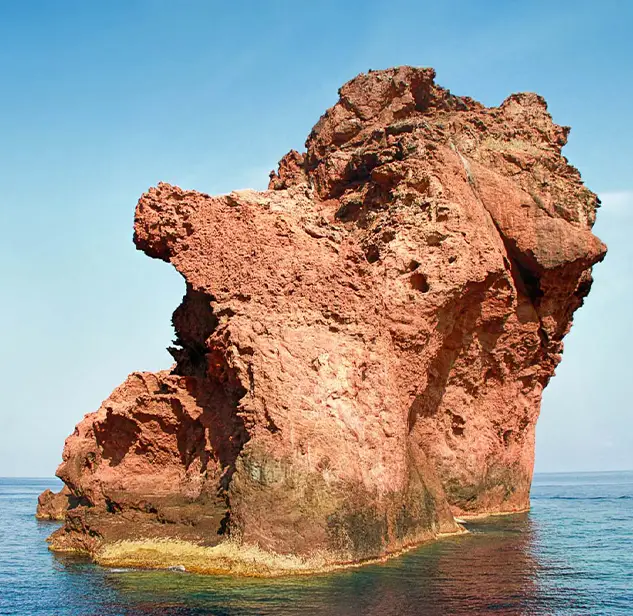
What language is spoken in Corsica?
Better not to arrive on the island unprepared if you don’t want to risk not understanding anything that you’re told! The Corsicans have their own dialect and they love to speak it, and above all they appreciate it when others speak to them using it.
Do you want to know a piece of trivia? Despite the annexation of Corsica to France in 1769, its spoken language remained Italian for a long time, replaced by French as the official language only in 1859, when a ruling by the French Court of Cassation prohibited its use definitively.
After more than 160 years, however, neither one nor the other still represents the language most used by the inhabitants of the island, who prefer to express themselves in corso (or corsu). Online there are many sites that teach the most common expressions to communicate easily and this way you’ll have found a fantastic pastime on board during your crossing between Corsica and Sardinia!
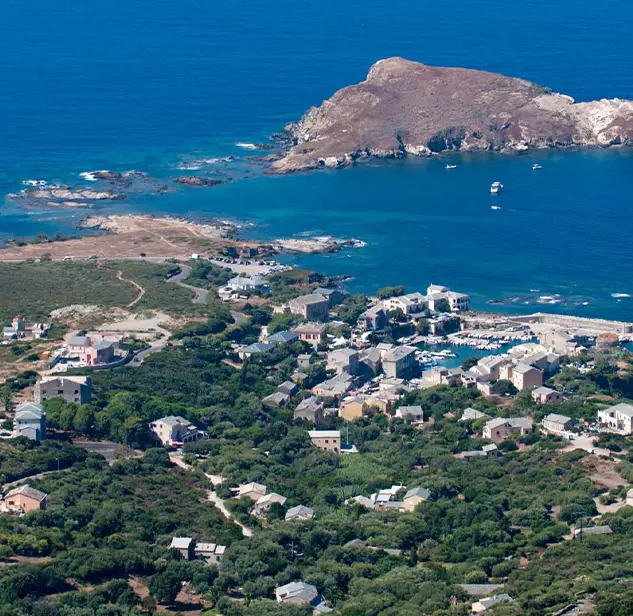
Where does the name Santa Teresa Gallura come from?
It involves a love story… did you doubt it? Queen Maria Teresa of Habsburg-Este was the wife of Vittorio Emanuele I, who, with the decree of 1808 immediately after the conquest of Sardinia by the Savoy, began the construction of the beautiful country that today you can admire from the deck of our ferry.
